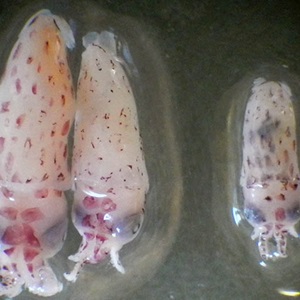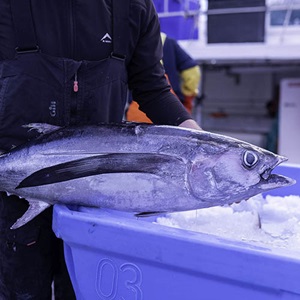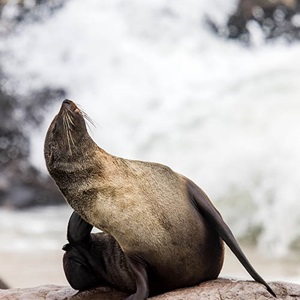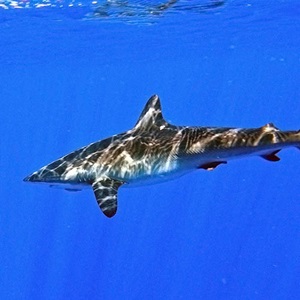Evaluating the current management strategies for all MSC certified fisheries of demersal crustaceans in Chile.
- Evaluate the current management strategies for Chilean certified demersal crustacean fisheries
- Develop models to test current and alternative harvest control rules
- Knowledge sharing with stakeholders and fishing community
Start date: April 2025
US$25,478
Science & Research Fund
Awardees
University of Concepción / Demersal Crustaceans Scientific and Technical Committee (DCSTC).
Fishery
Chile squat lobsters and nylon shrimp Crustáceos Sur S.A. demersal trawl fishery and Chile squat lobsters and nylon shrimp modified trawl fishery
Maintaining the sustainability of nylon shrimp and squat lobsters
The Chilean demersal crustacean fisheries operate along the south-central coast of Chile and comprise five fisheries that target nylon shrimp (Heterocarpus reedi), carrot squat lobster (Pleuroncodes monodon) and blue squat lobster (Cervimunida johni).
The fisheries are certified as sustainable to the MSC Fisheries Standard and have a large and important export market with 95% sent to the USA and the other 5% exported to Europe.
As a condition of their certification, the fisheries must ensure the stocks they harvest are not overfished, through a management strategy that incorporates harvest control rules. These rules require robust and scientifically accurate stock assessments that consider the life histories, population dynamics and geographic distribution of the target stocks when setting catch limits.
Squat "lobsters"
Squat lobsters are not true lobsters and are more closely related to porcelain and hermit crabs. They have been fished in the region at least as far back as the 1960s. Stocks of the red or carrot squat lobster declined in the 1980s and fishing activity was banned for several years but recent assessments have found the stocks have recovered significantly. In the USA, where much of the catch is exported, the squat lobster meat is commonly referred to as 'langostino'.
What the project will do
The project has been selected for a Science and Research Fund grant from the MSC Ocean Stewardship Fund. With this support the project will obtain robust estimates of all nylon shrimp and squat lobsters’ stock abundance. This data will be used to evaluate the current management strategy and the efficacy of current and alternative harvest control rules for the fisheries. The results will go on to inform an updated management strategy and help the fisheries meet their sustainability goals.The project will be led by ecologists from the University of Concepción and consultants from the Demersal Crustaceans Scientific and Technical Committee (DCSTC). The team will develop several mathematical models to obtain more accurate stock assessments.
'Age-structured' stock assessment models will consider how many mature individuals of reproductive age join the stocks, how many are removed through fishing, by predators, and the animals’ natural life expectancies.
A separate operational model will be developed to gain a more accurate understanding of the geographic distribution of nylon shrimp stocks in particular. Previously nylon shrimp stocks across the entire fishing range were regarded and managed as one stock. However, the southern populations face greater fishing pressure and to ensure they are not overfished alternate harvest control rules are required. The project will identify any uncertainties around the current stock assessment and incorporate findings into the management strategy.
Finally, all the models will be tested in simulations - these will minimise risk of incorrect stock assessments and improve decision-making for future adjustments of the harvest control rules.
“This funding is an opportunity to enhance capacity building in fisheries management, share experiences, and discover how simple management rules contribute significantly to the sustainability of demersal crustaceans in Chile”
Universidad de Concepción
Related projects

California market squid: Understanding populations

South Atlantic albacore tuna: Stock-wide harvest strategy

Namibia hake: Targeted Acoustic Startle Technology

